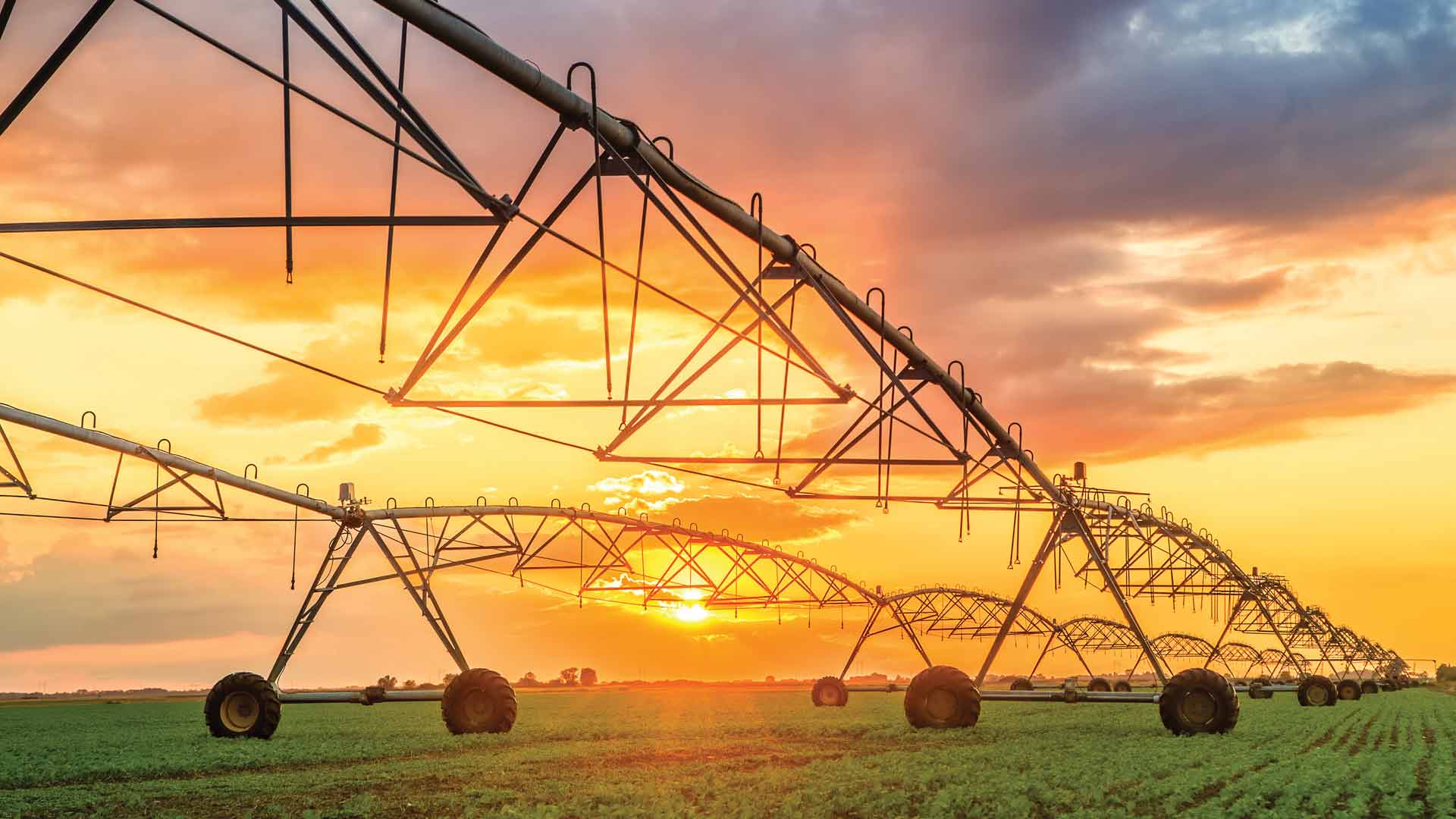By AURI
One of the most important issues faced by farmers and ag producers is that of nitrogen runoff from their fields into the surface water supply via tile drainage systems. This runoff of nitrogen has a negative effect on water quality, and contributes to a hypoxic zone in the Gulf of Mexico. However, a new study shows a denitrifying bioreactor is a practical, cost effective way to reduce the nitrate levels in water runoff from agricultural fields.
The Agricultural Utilization Research Institute (AURI), in partnership with USDA-Agricultural Research Service (USDA-ARS), Minnesota Corn Research & Promotion Council (MCRPC) and the University of Minnesota (U of M) recently released a report, titled “Optimization of Denitrifying Bioreactor Performance with Agricultural Residue-Based Filter Media.” The report describes a study conducted by the USDA-Agricultural Research Service (USDA-ARS), which investigated the performance of agriculturally derived residue materials in denitrifying bioreactors. The study demonstrated that agricultural residue-based materials (e.g. stover, straw, cobs) used as filter media in place of wood chips can improve the performance and decrease the size of bioreactors, which potentially lowers their cost.
The Experiment
Researchers designed and constructed a system to pump water through eighteen PVC column bioreactors, filled with various agriculturally derived media. The system, situated in a temperature-controlled chamber, received chemicals added to water filtered by reverse osmosis to reflect the chemistry of agricultural drainage water in Minnesota. The researchers then developed a method to fill and mix chemicals in two water-holding tanks in the temperature-controlled chamber before transferring the water to a single, larger inlet tank.
Utilization of these agricultural residue-based materials showed a potential benefit to Minnesota’s economic and environmental development. Given the greater nitrate-N removal rates of agricultural residues, there may be opportunities to reduce the size of the bioreactor unit, or to increase nitrate-N removal effectiveness within a given bioreactor footprint. Also, the proximity of agricultural residues to an edge-of-field bioreactor is a significant incentive to design a way to use them successfully.
The results informed two additional research efforts to increase the rate of nitrate N removal in Minnesota tile drainage water. An additional column experiment, funded by the Minnesota Department of Agriculture, was also conducted by a Master of Science (M.S.) student at the University of Minnesota using three treatments that included corn cobs and three that used wood chips. In order to enhance the rate of removal of nitrate-N from tile drainage water in a field setting in southwestern Minnesota, the study further combined the findings from this additional column experiment with those of the present experiment. Thus, the impact of the relatively modest project that is the subject of this report continues well beyond the project’s scope.
The Future
While not ready for wide-scale adoption, the research is promising. The work demonstrated that at least in the short term, the hydraulic conductivities of corn cobs and corn stover is near that of wood chips, warranting further study over a longer service life. The nitrate-N removal performance of all three agricultural residues was superior to that of wood chips at two temperatures spanning the expected range of ground temperatures in Minnesota. A logical next phase of the project would be to select the most promising material and build a pilot scale bioreactor at a field location.
